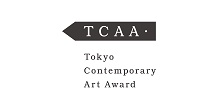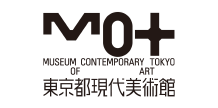CHEN Zhe
- TOP >
- Archives >
- Residency Program >
- CHEN Zhe
International Creator Residency Program
update: 2025.3.13
CHEN Zhe
| Participating Project | International Creator Residency Program (Individual Projects) |
|---|---|
| Activity Based | Beijing |
| City / Place stayed | Tokyo |
| Period | 2025.1 - 2025.3 |
Purpose of the residency
My recent works derive from the curiosity to understand the possible means that is believed to connect human (“the below”) with the being that larger than us (“the above”). Among many spiritual methods, incense-burning is one that used not only for offering prayers to divine oracles, but also for aromatherapy, meditation, and religious worship. Widely spread around the world, including in Chinese, Japanese, Indian, Arabic, Christian communities, burning incense, which in many cases are made from plant parts, seems to be our ancestors’ shared method to link “the celestial texts and the earthly laws”. Japan has a rich history of using incense (dated from the 6th century). In my residency, I aim to research about the purposes behind the incense-burning throughout different stages of time, as well as the meticulous process of the incense-making.
Plan during the residency
- Research the history of making direct- and indirect-burning incense in Japan. I’m hoping to meet local specialists and historians, visiting museums and libraries to gain a in-depth understanding.
- Study in the local workshop the process of incense-making, including but not limited in forms like stick, powder, paper and cone.
- Collect samples of raw materials and products, learn about both the traditional and contemporary methods of incense-making and build small mock-ups in the studio for developing final sculptural works.
- Visit local religious locations to see how the incense is used by people in these days. Take short trips to neighboring towns if needed.
- Keep a journal with photo and video of my trip and experiment.
Activities during the residency
During my residency at TOKAS, I researched and explored the potential methods through which “the below” can communicate with “the above”, focusing on the religious use of incense in Buddhism and Shinto, as well as the tradition of anatomical votive offerings. I visited a number of temple and shrines to study how incense are still used today, including taking two trips to Kyoto and Nara and witnessing the famous Shuni-e Ceremony (Omizutori) at Todaiji Temple. I also visited the established incense shops in Kyoto and Tokyo and took two lessons to study the making of Nerikō and Inkō. Thanks to the hospitality of the local artist and curator friends, I had the opportunity to conduct stimulating conversations with them which provided me information and guidance as well as invaluable emotional supports.
Visiting Kurenboh,learn about 梵唄(ぼんばい)and 声明(しょうみょう)
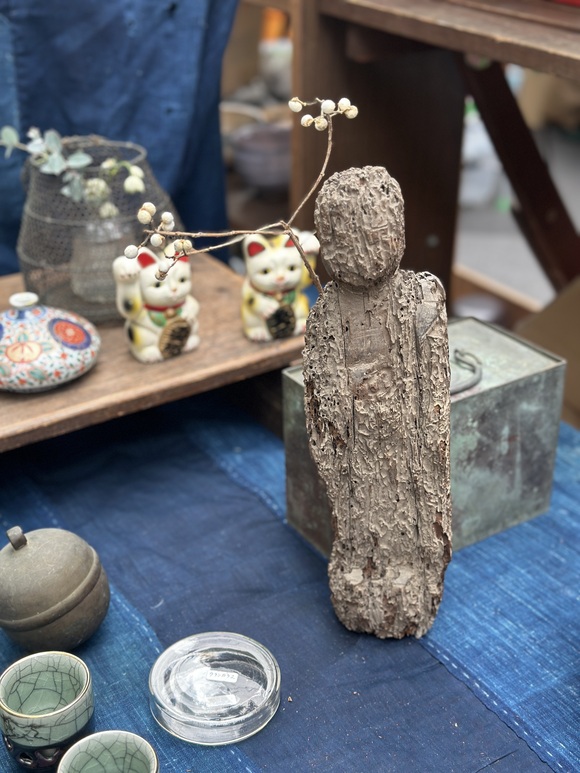 Buddha statued(民衆仏)eaten by bugs found at the antique market
Buddha statued(民衆仏)eaten by bugs found at the antique marketVisiting Shoyeido in Kyoto to learn about the traditional procedure of stick inceuse-making
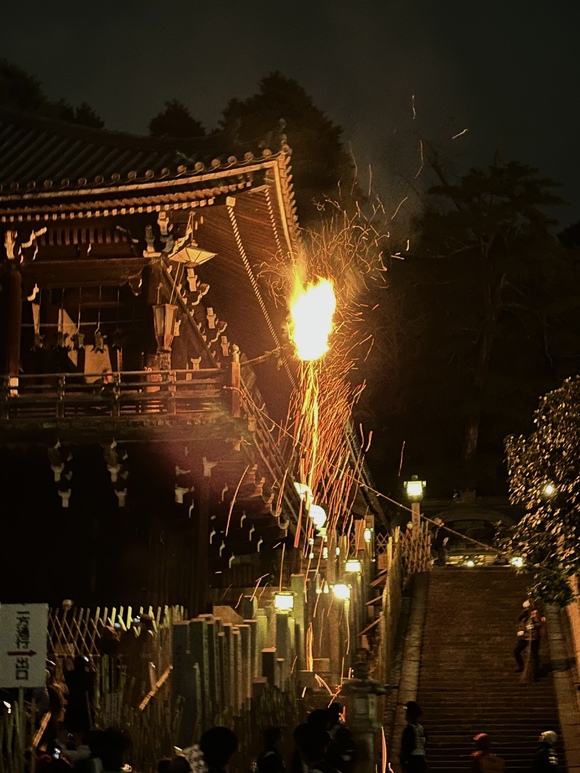
Shuni-e Ceremony at Todaiji Temple, Nara
Outcome of the residency
I feel very fortunate to have shared my winter stay with such a talented group of artists, curators and researchers. One of the achievements for me would be learning so much from observing other resident’s ways of seeing and working. I believe the benefits among us were preciously mutual. I also appreciate the freedom I was given to plan my study at a pace that works best for me. It is very important for me to spend time being on site in order to build understanding of and connection with my potential work, which I gladly archived by postponing the production to the period after the residency. As I’m now back in my studio, I can fully concentrate on the making of work based on the abundance of materials and experience I collected in the past 3 months. The all-night long Shuni-e Ceremony was an overwhelmingly inspiring experience for me. Almost deprived of eyesight, I spent hours sitting in the dark listening to the monks chanting sutras, moving their bodies, and burning torches in the end. It encourages me to think about artistic representation beyond visions, as well as the irresistible power of using one’s body as the tool to convey messages to the upper being.
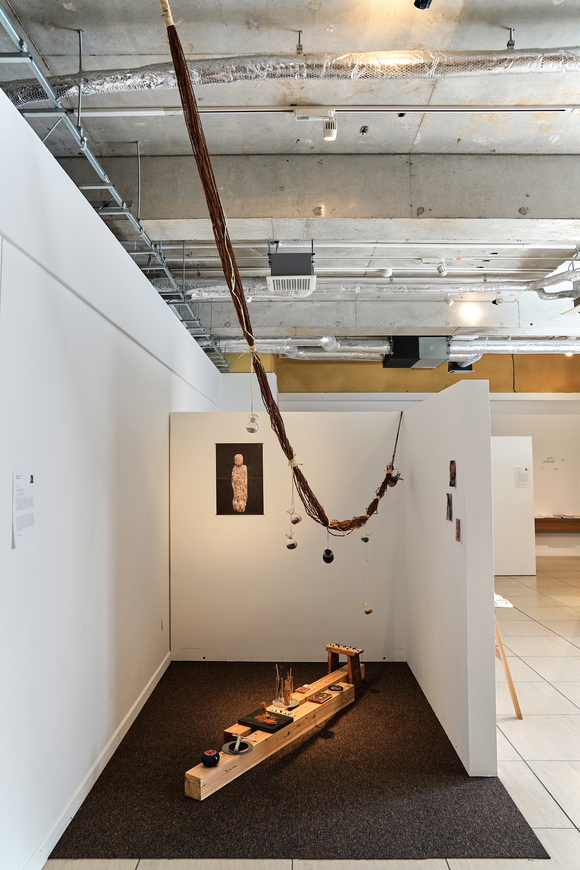
Installation view of my presentation at TOKAS OPENSTUDIO
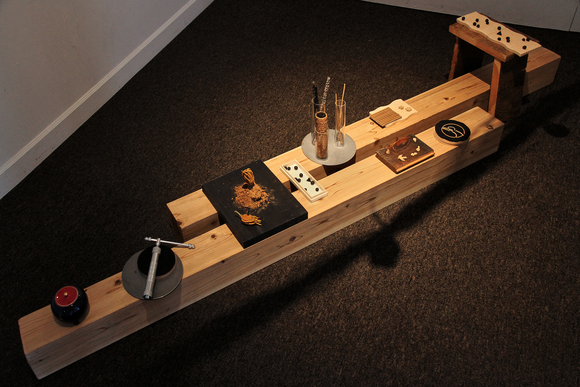
Installation view of my presentation at TOKAS OPENSTUDIO





